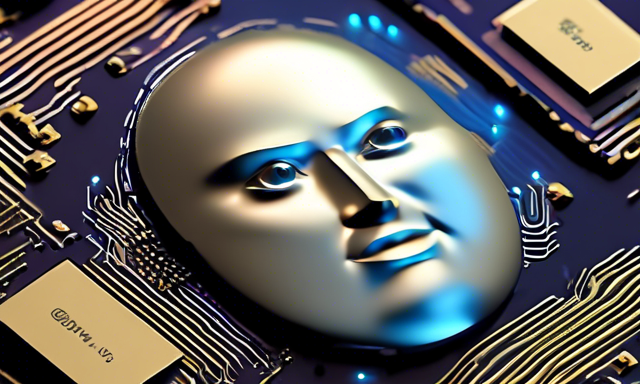Exploring Intel’s Decision to Not Invest in OpenAI and the Impact on the Company’s Position in the AI Market
Intel, the prominent chip giant that has seen both triumphs and setbacks over the years, had a transformative opportunity that it ultimately turned down. In a period about seven years ago, Intel had the chance to acquire a stake in OpenAI, a budding non-profit organization focused on generative artificial intelligence. The decision-making process involved high-level discussions and potential financial commitments between the two entities, with Intel pondering a significant stake in OpenAI for a substantial sum of money. However, internal evaluations led Intel to pass on the deal, citing concerns about the near-term viability of generative AI models.
OpenAI, on the other hand, viewed Intel as a potential partner that could alleviate its dependence on Nvidia’s chips and provide essential resources for infrastructure development. Despite the mutual interest and strategic alignment, the deal faltered due to various factors, including internal considerations within Intel’s data center unit and strategic divergence.
The Ripple Effect: Intel’s Strategic Missteps and Market Challenges
Intel’s decision not to pursue the investment in OpenAI was just one in a series of setbacks that have plagued the company in the AI era. Once a pioneer in computer chip technology, Intel has struggled to keep pace with competitors like Nvidia and AMD, who have successfully capitalized on the growing demand for AI-centric solutions. As a result, Intel’s market value has diminished, signaling a significant shift in the company’s fortunes.
- Intel’s second-quarter earnings triggered a substantial decline in stock value, marking a historic downturn.
- The company’s market value dropped below $100 billion for the first time in three decades.
- Intel faces formidable competition from Nvidia and AMD, both of which have made significant strides in AI chip development.
Intel’s Struggle in the AI Landscape and Ongoing Efforts to Regain Momentum
Intel’s foray into AI technology has been marred by missteps and strategic shortcomings that have hindered its ability to establish a dominant position in the market. Despite decades of experience in CPU technology, Intel failed to anticipate the rise of GPU-based solutions for AI applications, putting the company at a significant disadvantage.
- Intel’s early emphasis on CPU-centric approaches limited its capacity to compete effectively in the AI space.
- The emergence of AI-optimized GPUs from competitors like Nvidia and AMD outpaced Intel’s offerings, leading to a market shift.
- Intel’s attempts to develop proprietary AI chips through acquisitions and internal projects have not yielded the desired results.
The Quest for AI Supremacy: Intel’s Strategic Investments and Future Outlook
Despite facing formidable challenges in the AI market, Intel remains committed to advancing its AI chip portfolio and reclaiming lost ground. The company’s upcoming Gaudi AI chip and Falcon Shores project signal Intel’s ongoing efforts to recapture market share and cement its position as a leading AI chip provider.
- Intel’s third-generation Gaudi AI chip promises superior performance and features tailored to meet evolving industry demands.
- The company’s strategic partnerships and product roadmap underscore Intel’s ambition to compete effectively in the AI market.
- Intel’s focus on innovation and customer engagement reflects a renewed commitment to AI technology and market relevance.
Hot Take: Navigating Intel’s AI Trajectory and the Road Ahead
As Intel grapples with the repercussions of its past decisions and the competitive landscape of the AI market, the company faces a critical juncture in its evolution. By addressing key strategic challenges, embracing innovation, and fostering strategic alliances, Intel can position itself for success in the dynamic AI market landscape. The path ahead requires bold vision, technical acumen, and a deep understanding of market dynamics to drive Intel’s resurgence in the AI domain.





 By
By
 By
By
 By
By

 By
By